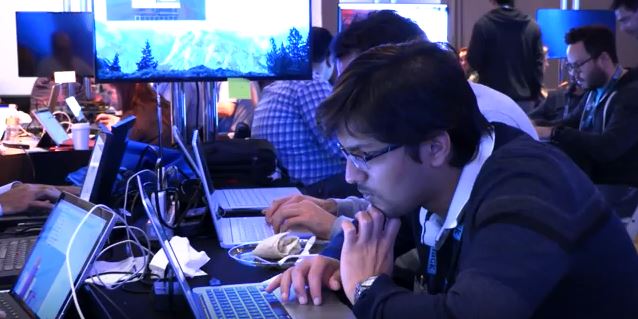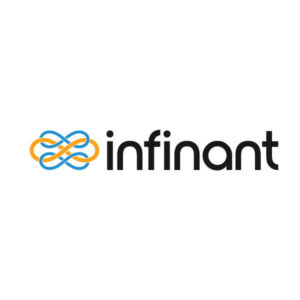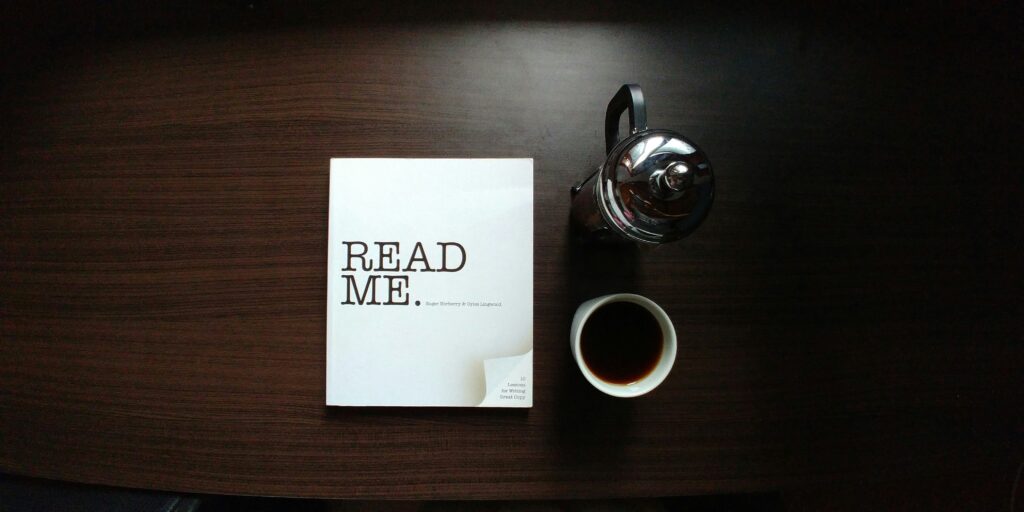For startups, understanding their customers’ needs is part of the lean startup methodology, but taking it one step further is working alongside customers through “open hacks.”
Open hacks is a concept pioneered by the Microsoft Commercial Software Engineering (CSE) team that involves companies working with their customers side-by-side.
“Startups, in particular, can use this method to band together, share their knowledge, improve their products and build their local startup ecosystems at the same time,” wrote Microsoft Technical Communications Director Dan Behrendt in a recent article on Entrepreneur.
Startups that take the open hacks methodology into practice not only will be able to see things from their customers’ points of view, they will also be ahead of larger corporations that depend more on their products rather than their reputation for customer service.
As Behrendt put it, “B2B companies have traditionally relied on their products as the key differentiator between them and their competitors. However, with waves of startups entering the market with innovative and disruptive alternatives, slow-moving corporations have had to keep up and differentiate themselves in other ways.”
For tech startups in particular the open hacks strategy can help developers find hidden problems that are not obvious at first, but would be if the customer were involved in the process.
A developer may come up with a solution that looks good in theory, but if they have no working knowledge of the industry, it could end up wasting everybody’s time and efforts.
According to digital transformation expert, speaker, and author Paul Boag, working with customers on site “avoids misunderstanding, especially when multiple stakeholders are involved. Because you are on site you can speak to all of the stakeholders directly rather than always going through a single point of contact.”
“In gaining more insight into our customers’ mentalities through open hacks, we’ve also learned the importance of adapting to their style of working,” said Behrendt on the Microsoft CSE team’s initiative.
Steve Jobs knew the power of perspective and its limitations. “A lot of people in our industry haven’t had very diverse experiences. So they don’t have enough dots to connect, and they end up with very linear solutions without a broad perspective on the problem. The broader one’s understanding of the human experience, the better design we will have,” he was quoted as saying.
The idea of open hacks isn’t just a good business idea for startups or corporations, it’s a philosophy that one should utilize in all walks of life in order to learn more about the world and one’s place in it. It basically comes down to teamwork, but not just within one team, but rather teamwork across teams; teams work.
“By working together in a shared physical space during open hacks, startups and corporations no longer need to limit their interactions to corporate innovation programs to foster such innovation and opportunity,” wrote Behrendt.
Going a step further beyond innovation and opportunity, “customers are far more likely to stick with a company that values their opinion,” and, “repeat customers spend 33% more than new customers,” according to Prescouter.
Apart from getting all the technical aspects right when it comes to side-by-side collaborations with customers, working alongside them also inspires trust and loyalty, which leads to longer retention.
It doesn’t matter if you are a startup or a large enterprise, getting on the level of your clients means gaining their perspective and earning their trust.
The Microsoft CSE team began pioneering the open hacks methodology last year and it has been mutually beneficial to all parties.
“In our experience, we have seen a number of new ideas spin out of this collaboration that have gone on to benefit our own products and the products of our customers alike,” wrote Behrendt.
According to the Microsoft Director, the idea of working side-by-side customers means more innovation, more creativity, and higher rates of success.
“Using the open hack method, startups and corporations — and companies of any size in between — have access to an effective alternative to spur a greater level of creativity and success.”












